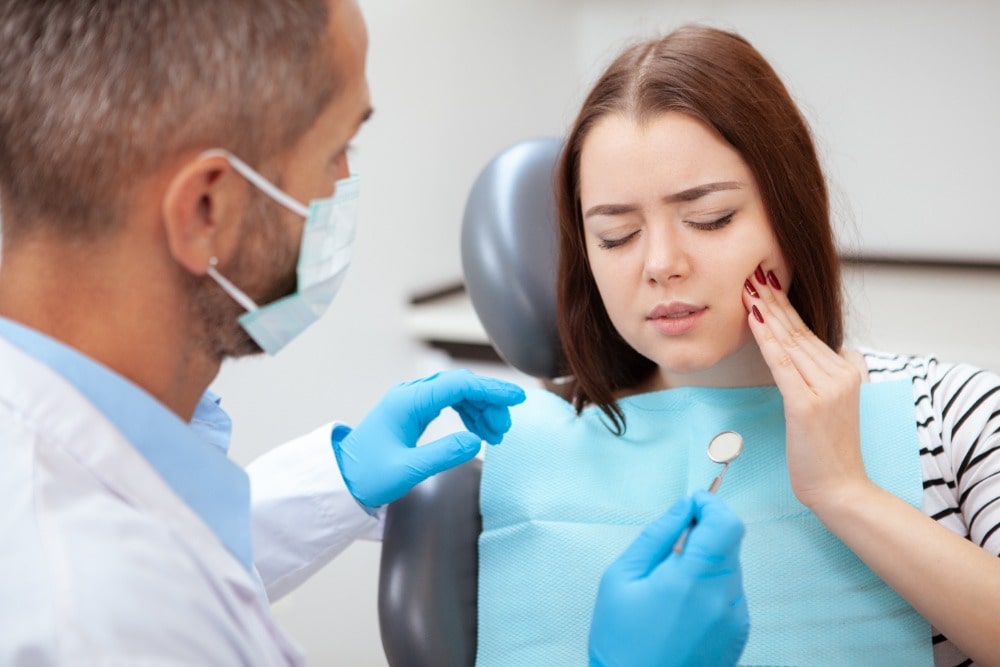Orthodontic treatment helps straighten teeth and improve smiles. However, accidents can happen, and braces or aligners may break. This can cause discomfort and delay treatment progress. Knowing what to do in such situations is important. Prompt action can prevent further damage and keep treatment on track.

If you have a broken brace or damaged aligner, the first step is to stay calm. Assess the situation to understand the severity of the problem. In most cases, a quick fix can provide temporary relief until you see a professional. An orthodontist located in Hamilton Ohio can assist in addressing these concerns and ensure that your treatment progresses without any interruptions. But before you visit the clinic, there are some steps you can take to manage the problem.
Common Orthodontic Emergencies and How to Handle Them
1. Loose or Broken Brackets
Brackets are the small metal or ceramic pieces attached to the teeth. They hold the wires in place. If a bracket becomes loose or falls off, it can make the wire poke your gums or cheeks.
What to Do:
- If the bracket is still attached to the wire, leave it in place and cover it with orthodontic wax.
- If it has completely detached, keep it in a safe place and bring it to your orthodontist.
- Avoid hard or sticky foods that may cause further damage.
2. Poking or Broken Wires
Braces have wires that guide teeth into position. Sometimes, a wire may come loose or break, causing discomfort.
What to Do:
- Use a clean cotton swab to push the wire back into place.
- If the wire is sharp and poking your cheek or tongue, cover it with orthodontic wax.
- Avoid pulling or cutting the wire yourself.
3. Lost or Damaged Aligners
Clear aligners are made of plastic and can crack or break if not handled carefully. Losing an aligner can also interrupt treatment.
What to Do:
- If your aligner cracks but still fits, wear it until you see your orthodontist.
- If it breaks completely, do not use it. Switch to your previous set if available.
- If you lose an aligner, contact your orthodontist for a replacement.
4. Pain or Soreness
Mild discomfort is common, especially after adjustments. However, severe pain may indicate a problem.
What to Do:
- Rinse your mouth with warm salt water to reduce irritation.
- Take over-the-counter pain relievers if needed.
- Apply a cold compress to reduce swelling.
When to Visit an Orthodontist
Some issues require immediate professional attention. Visit your orthodontist if:
- A wire is deeply embedded in your gums or cheek.
- A bracket or wire is completely broken and causing pain.
- You have severe swelling or bleeding in your mouth.
Tips to Prevent Orthodontic Emergencies
Prevention is the best approach to avoid discomfort and treatment delays. Follow these tips to keep your braces or aligners safe:
Avoid hard and sticky foods: Popcorn, nuts, and chewy candies can damage braces.
Use a mouthguard during sports: This protects braces from impact injuries.
Handle aligners with care: Always remove them gently and store them in their case when not in use.
Maintain good oral hygiene: Brushing and flossing prevent infections that could complicate treatment.
Conclusion
Orthodontic emergencies can be stressful, but knowing how to handle them makes a big difference. Whether it’s a loose bracket, broken wire, or lost aligner, quick action can prevent further complications. If you experience a serious issue, contact your orthodontist immediately. By following preventive measures, you can ensure a smooth and successful orthodontic journey.
Comments